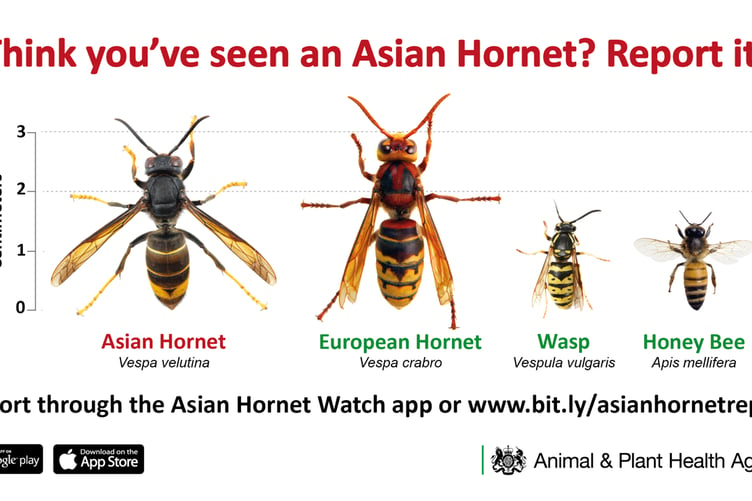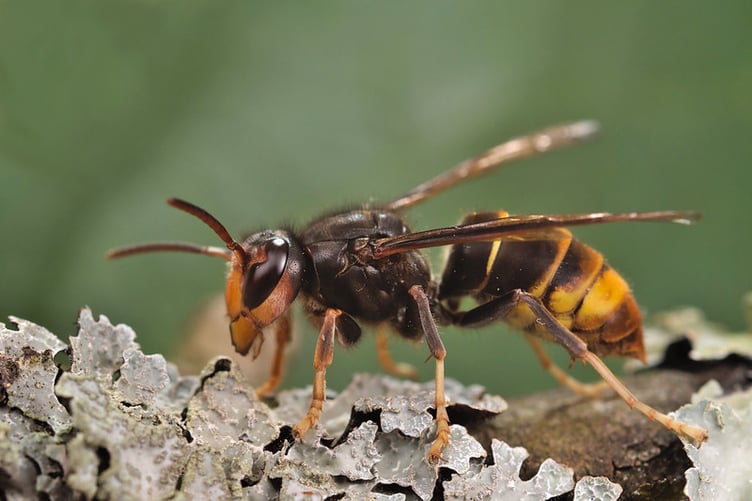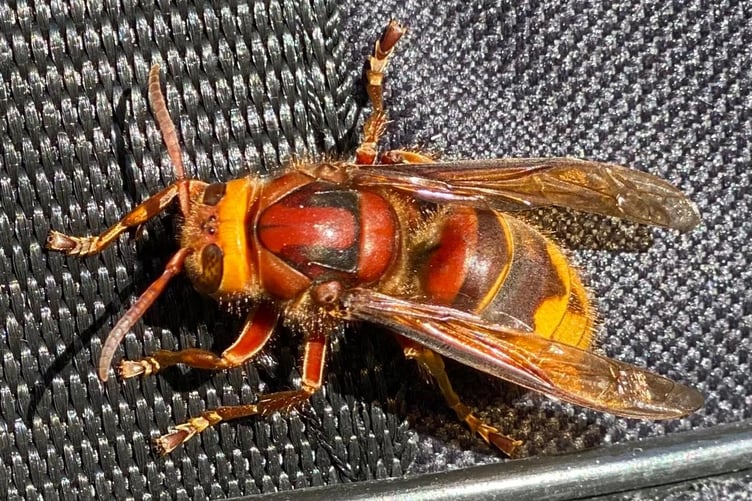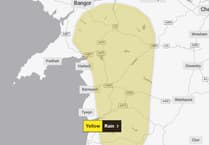Dyfi residents have mistaken European hornets for bee-killing invasive Asian hornets as national warnings persist.
Reports of ‘Asian hornets’ across the valley have regularly turned out to be the massive and rare European hornet, startling residents with their size and colour.
European hornets are native to the UK and valuable for maintaining nature's balance with other insects, often predating on garden and agricultural pests.

They have become more frequently spotted in the UK over the last 30 years due to the warming climate, startling for their size (up to 3cm in length) and bright colour- red, black and yellow.
Several European hornets were spotted in Powys’ Llanbrynmair across April-June.
Joe Flow in Llanbrynmair spotted a European hornet in his garden in June, stating: “I am sharing as the media creates huge anxiety when there are very few true sightings of Asian hornets.”

Asian hornets meanwhile should not be so welcome in your garden- though they cause no more harm to humans than a bee, they predate on UK honey bees and other insect pollinators.
Experts have asked the public to ‘remain vigilant’ after a record number of sightings in 2023.
The first UK sighting was in 2016, averaging two sightings yearly until 2022.
In 2023, 72 Asian hornet nests were destroyed in 56 locations, mainly in Kent.
Though similar in size to their European relative, they can be distinguished by their ‘yellow socks’ and majority black body.

Natalie Bungay, Technical Manager at the British Pest Control Association (BPCA), said: “If you spot something that you think may be non-native, get photos and an exact location if you can, then report the sighting as soon as possible.
“For anyone who isn’t sure whether they’ve seen an Asian hornet or a native wasp, it can be a good idea to call out a local BPCA member for a consultation.
“They will help you identify the species, explain whether you need to report the sighting and outline whether pest management is required.
“You can find a list of professional pest controllers at bpca.org.uk/find.”
You can now report Asian hornet sightings on the Asian Hornet Watch app.





Comments
This article has no comments yet. Be the first to leave a comment.